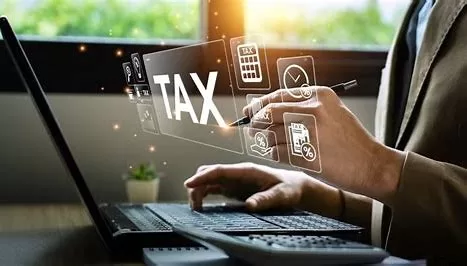The Directorate General of Taxes provides flexibility in implementing the increase in Value Added Tax (VAT) rates and the VAT Tax Base (DPP) for the period of January 1 to March 31, 2025.
The flexibility allows VAT rates and tax base to be stated on tax invoices, whether using the 12% or 11% rate based on the full sales price, replacement cost, or import value.
In essence, tax invoices are considered valid, complete, and accurate as long as all required details are included. This ensures that taxpayers who have already issued invoices using either the 12% or 11% rate since the beginning of the year can avoid the risk of administrative sanctions.
This provision is part of the implementation of the Ministry of Finance Regulation (PMK) Number 131 of 2024, specifically Regulation of the Director General of Taxes Number PER-1/PJ/2025, which was established and came into effect on January 3, 2025.
Criteria and Contents of a Tax Invoice
Every transfer of taxable goods or services must be accompanied by the issuance of a tax invoice or a document equivalent to a tax invoice, which must include at least the following details:
a. Name, address, and Taxpayer Identification Number (TIN) of the party transferring the taxable goods or services;
b. Buyer or recipient identification, including:
- Name, address, and TIN for domestic corporate taxpayers and government agencies;
- Name, address, and TIN or population identity number (NIK) for domestic individual taxpayers, as stipulated by regulations;
- Name, address, and passport number for foreign individual taxpayers; or
- Name and address for foreign corporate taxpayers or non-taxpayers, as governed by Article 3 of the Income Tax Law;
c. Type of goods or services, total sales price or replacement cost, and any discounts;
d. Value-Added Tax (VAT) collected;
e. Sales Tax on Luxury Goods (STLG) collected;
f. Code, serial number, and date of the Tax Invoice; and
g. Name and signature of the authorized person signing the Tax Invoice.
If the taxable goods or services are transferred to end consumers, the buyer’s identity and the seller’s name and signature may be omitted, except for specific transactions where these details remain mandatory.
Luxury Goods and Services According to PMK Regulations
According to PMK Number 15/PMK.03/2023 and 42/PMK.010/2022, the term “certain goods or services” refers to luxury items. Examples include:
Examples of certain luxury goods include:
- Land transportation vehicles (e.g., motor vehicles)
- Water transportation (e.g., cruise ships, excursion boats, ferries, yachts)
- Air transportation (e.g., airplanes, helicopters, hot air balloons)
- Land or buildings
- Firearms and/or ammunition
Meanwhile, examples of certain or luxury services include:
- Rental of land transportation vehicles
- Water transportation services (e.g., cruise ships, excursion boats, ferries, yachts)
- Air transportation services (e.g., airplanes, helicopters, hot air balloons)
- Rental of land or buildings
VAT Refund Mechanism for Buyers
Buyers who have been charged 12% VAT in January by a VAT-Registered Person(PKP), despite the effective rate being 11%, can request a refund for the excess amount, known as restitution.
The process begins with the buyer or the party charged VAT requesting a refund from the seller, who is a VAT-registered person or VAT collector.
Then, based on the buyer’s VAT refund request, the PKP seller will correct the tax invoice or equivalent document and return the excess VAT collected.

